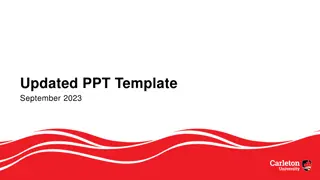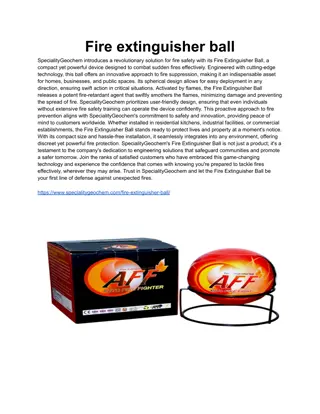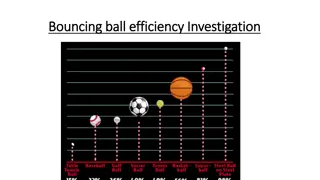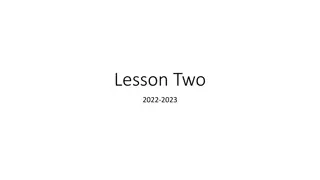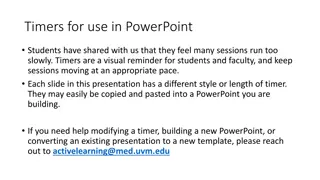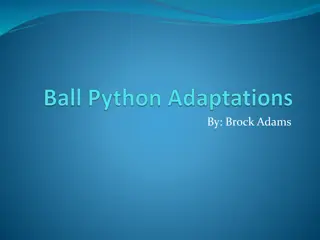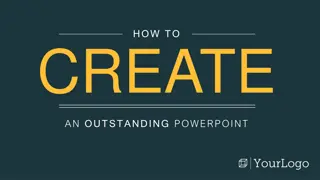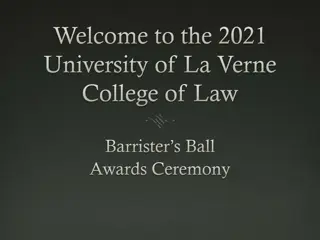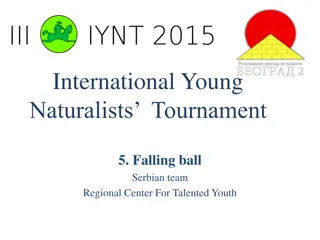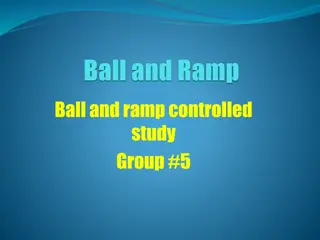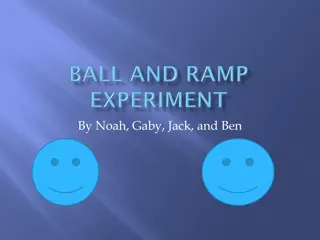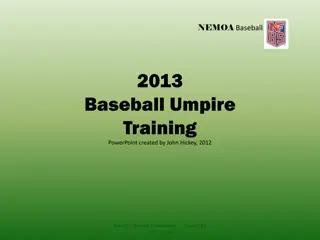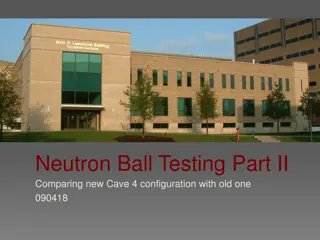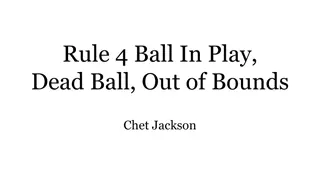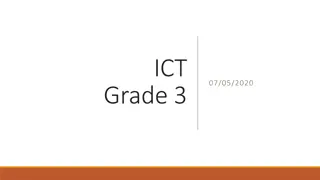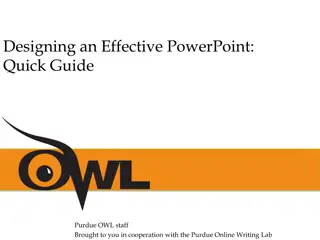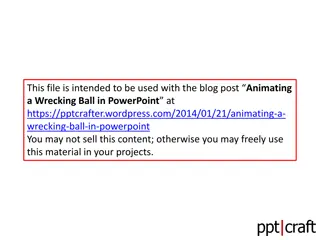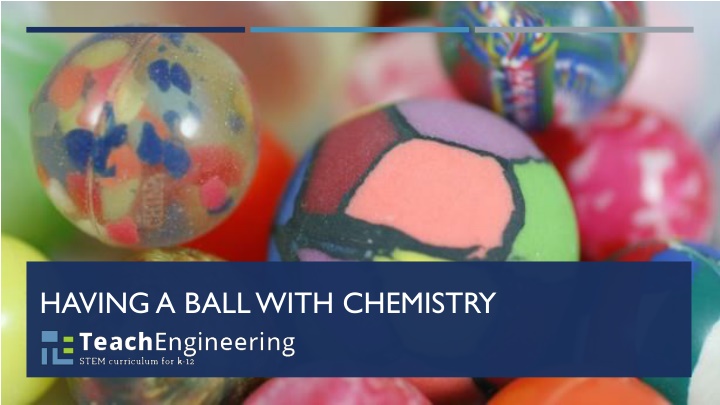
Engineering a Cost-Effective Bouncy Ball Prototype
Engage in an exciting engineering challenge to design a cost-effective bouncy ball prototype using various materials like cornstarch, salt, sugar, and more. Collaborate with a team member, brainstorm ideas, and create a bouncy ball while considering both cost efficiency and performance. Dive into the world of material science and innovation with this hands-on activity!
Download Presentation

Please find below an Image/Link to download the presentation.
The content on the website is provided AS IS for your information and personal use only. It may not be sold, licensed, or shared on other websites without obtaining consent from the author. If you encounter any issues during the download, it is possible that the publisher has removed the file from their server.
You are allowed to download the files provided on this website for personal or commercial use, subject to the condition that they are used lawfully. All files are the property of their respective owners.
The content on the website is provided AS IS for your information and personal use only. It may not be sold, licensed, or shared on other websites without obtaining consent from the author.
E N D
Presentation Transcript
REAL TOY COMPANY The Precision Plastic Ball Company Ltd https://www.youtube.com/watch?v=4h6m_wrOpm4 TEACHENGINEERING - WWW.TEACHENGINEERING.ORG
KICKOFF Companies are in constant competition to create the best products possible, whether it s food, cars, video games, or even toys. Toy companies want products that are cheap to make but are worthwhile to sell. For our class, we will take on the role of engineers for the [insert your own toy company name]. This brand-new company wants materials and chemical engineers to design a new bouncy ball that they can produce at the lowest cost possible. TEACHENGINEERING - WWW.TEACHENGINEERING.ORG
THE CHALLENGE! Create the bounciest ball out of a select number of materials. Work with one other team member to create your product. Use as much or as little of any product possible, but keep in mind that you must create the most cost-effective product. Once you create your product, measure the width of your ball and how far your ball bounces. TEACHENGINEERING - WWW.TEACHENGINEERING.ORG
MATERIALS cornstarch salt sugar borax glue water (at room temperature) hot plate wooden sticks (to stir) TEACHENGINEERING - WWW.TEACHENGINEERING.ORG
OBSERVE Observe the materials available to you. Ask yourself: What reagents (solids or liquids) can I combine to make my bouncy ball? You can look at the physical properties of the materials. TEACHENGINEERING - WWW.TEACHENGINEERING.ORG
KEEP UP WITH THE COSTS! Supplies Used water glue stick cornstarch Elmer s glue baking soda salt sugar borax yellow wood glue Total Amount Cost $0.30 / tablespoon $1.00 / stick $0.20 / tablespoon $0.40 / tablespoon $0.25 / teaspoon $0.10 / teaspoon $0.20 / teaspoon $0.15 / teaspoon $0.50 / teaspoon Total Cost TEACHENGINEERING - WWW.TEACHENGINEERING.ORG
MAKER TIME - BRAINSTORM Divide into pairs. Brainstorm ideas on how to create your prototype. Look at materials and touch, if desired, but do not start yet. Sketch out a detailed plan with quantities. For example: We will combine one tablespoon of borax and one tablespoon of glue . Show your instructor your plan and begin synthesizing. TEACHENGINEERING - WWW.TEACHENGINEERING.ORG
MAKER TIME - SYNTHESIZING Start synthesizing your ball. If you succeed, proceed in your lab. If you fail that s ok! Modify your procedures. Make sure to write down exactly what you changed. TEACHENGINEERING - WWW.TEACHENGINEERING.ORG

